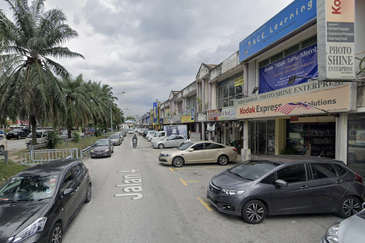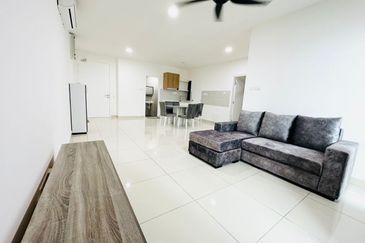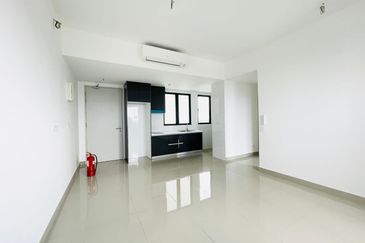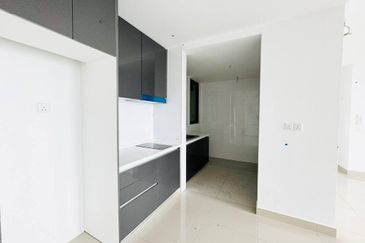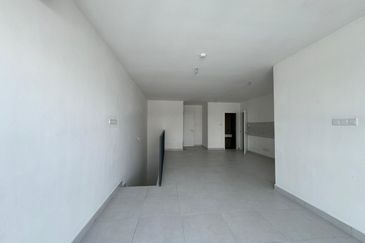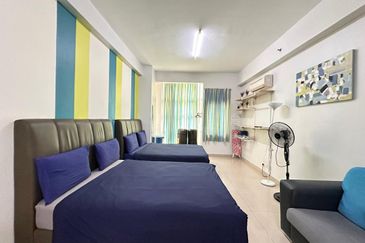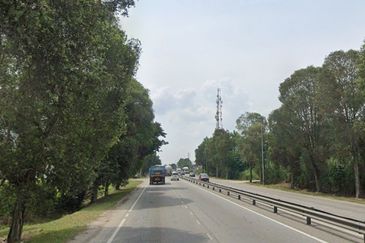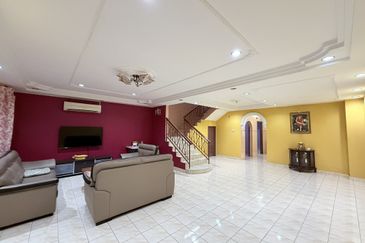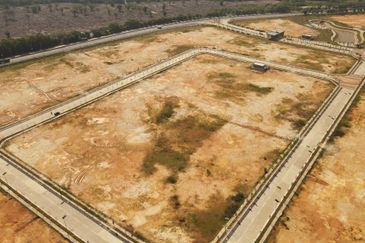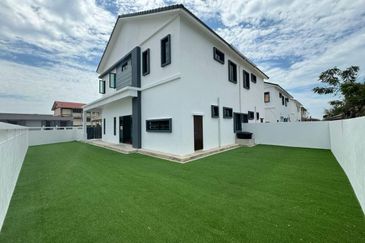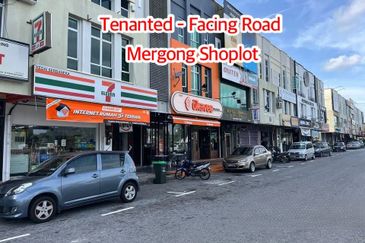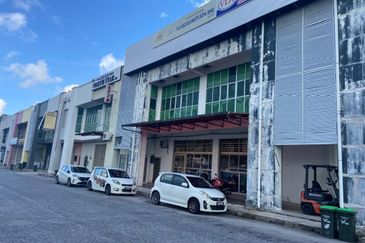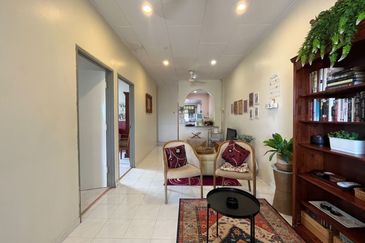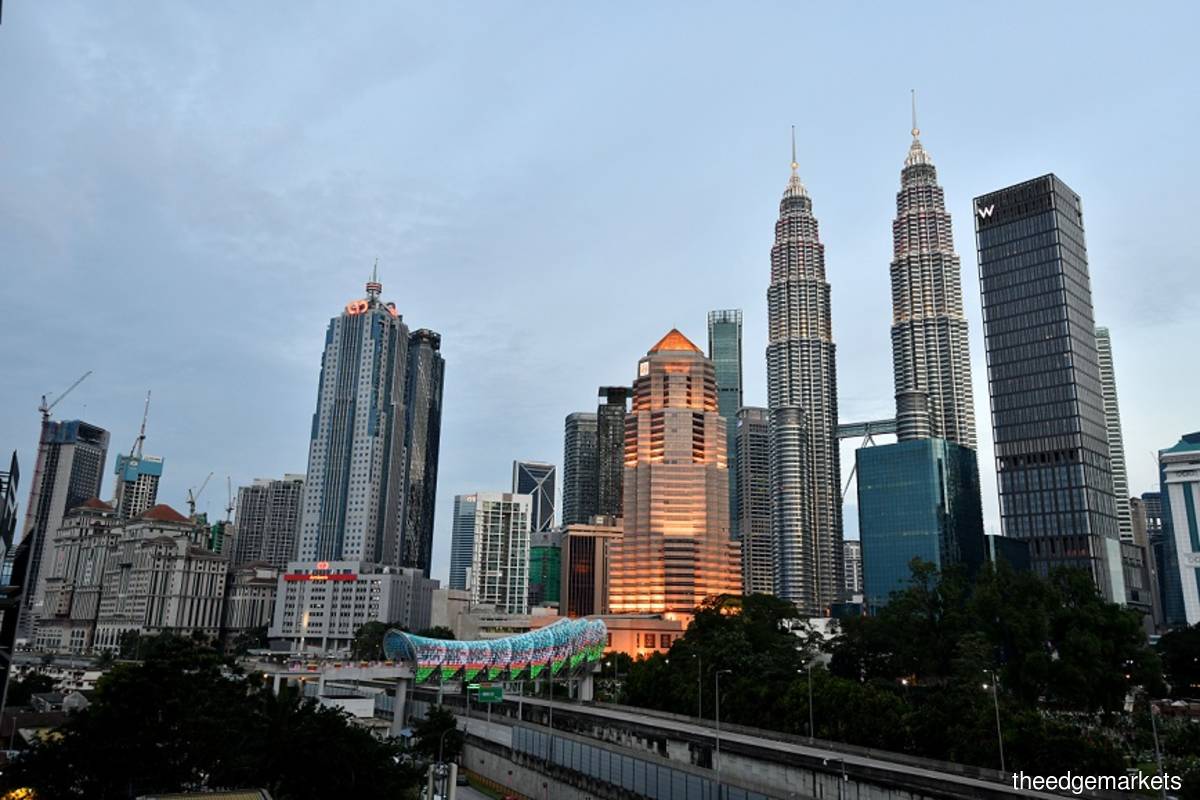
- In Kuala Lumpur City (KLCC), which include the Golden Triangle area and the older central business district, there are currently 31.42 million sq ft in office stock, with an average occupancy of 68.4%.
KUALA LUMPUR (May 9): The real estate market in Malaysia, particularly in the office segment in Kuala Lumpur and the Klang Valley, logistics, and data centres, are poised for further growth in the coming years, says JLL Property Services (M) Sdn Bhd (JLL).
JLL country head YY Lau said in the consultancy firm’s quarterly press conference earlier today (May 9) that there was a further recovery of property demand, ESG and M&A activities observed in 1Q2023, which served as the key driver in the KL office market.
JLL head of research and consultancy Yulia Nikulicheva further touched on the office segment in Kuala Lumpur and the Klang Valley, stating that the sector has witnessed further improvements in net absorption across all sub-markets, which are largely led by the financial sector, service sector and owner occupancies of recently completed buildings.
According to the firm’s latest findings as at 1Q2023, in Kuala Lumpur City (KLCC), which include the Golden Triangle area and the older central business district, there are currently 31.42 million sq ft in office stock, with an average occupancy of 68.4%. The net absorption has increased to 394,070 sq ft and an average achievable rent of RM6.40 per sq ft, per month.
The office stock in the Kuala Lumpur Fringe (KLF), which include Damansara Heights and Bangsar/Pantai, comprises a total of 16.77 million sq ft, with an average occupancy of 90%, and a net absorption that has dipped by 3,283 sq ft. Its average achievable rent is RM6.26 sq ft per month.
The office stock in Decentralised (DC) areas including Petaling Jaya, Puchong, Subang Jaya and Shah Alam, on the other hand, has a current office stock of 9.41 million sq ft, with an increased average occupancy of 78.6% and net absorption 189,350 sq ft. Its average achievable rent is RM4.91 sq ft per month.
JLL also highlights in the report that the current demand and preferred modern warehouse typology, with features that include 12m ceiling height, elevated loading, integrated office, 4,000psi floor loading, and other green initiatives such as solar panels, rainwater harvesting, electric vehicle charging station, building insulations and skylights.
“Moving forward, the key areas of the Klang Valley’s logistics market include Bukit Raja, Digital Free Trade Zone, Kapar, Shah Alam, Subang Jaya, Port Klang, Puncak Alam, Telok Panglima Garang, Puchong, and Kota Elmina. There are also expansion plans in Port Klang, with targeted 30 million twenty-foot equivalent units (TEUs) by 2040,” said JLL logistics and industrial James Goh.
He added that: “In terms of demand and supply, the overall vacancy rate has decreased further, mainly attributed to the operations expansions of players in the 3PL (third-party logistics), eCommerce and pharmaceutical centres.”
According to JLL, the key market drivers in the logistics segment include the signing of 19 memoranda of understanding (MoUs) between Malaysia and China worth RM170 billion which covers several fields such as green technology, digital economy, automotive and electrical and electronics (E&E) manufacturing, and the supply chain diversification that is arising from the China Plus One strategy which in turn would reduce supply chain reliance on China.
The firm also highlighted that in 2022, volume of retail sales exceeded pre-pandemic levels. “It is expected to continue its steady growth at approximately 5% per annum,” said Goh, adding that 44% of the population in Malaysia shop online. “The growth of e-commerce sales is expected at approximately 10% in the next two years, and about 18% in the next four years.”
Meanwhile, JLL data centre Kent Seet also shared current key findings in the data centre market segment: “Based on our internal research, the total supply would reach 555MW by 2025 (compared to the 128MW in 2020), which translates into a compound annual growth rate (CAGR) of 34%, provided if the demand continues to grow sustainably.”
“In addition to the preferred locations of Selangor and Johor, we anticipate new site alternatives such as Penang, Kedah and Sarawak,” he highlighted. “Our key attractions include the fact that our location is less exposed to natural disasters, and the fact that we provide adequate power and water supplies at competitive rates.”
TOP PICKS BY EDGEPROP
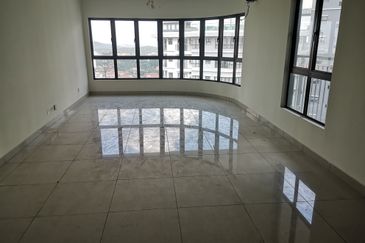
Maisson @ Platinum Apartment
Ara Damansara, Selangor

Iskandar Residences Medini
Iskandar Puteri (Nusajaya), Johor

Apartment Indah, Damansara Damai
Petaling Jaya, Selangor


